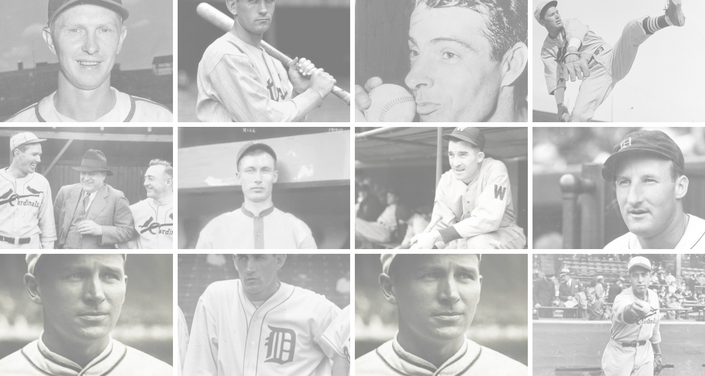Lou Piniella was the first batter in Kansas City Royals history.
Lou Piniella was the first batter in Kansas City Royals history. On April 8, 1969, he led off the bottom of the first inning against left-hander Tom Hall of the Minnesota Twins and doubled to left field. He finished the season with a team-leading .282 batting average, winning the AL Rookie of the Year Award….




